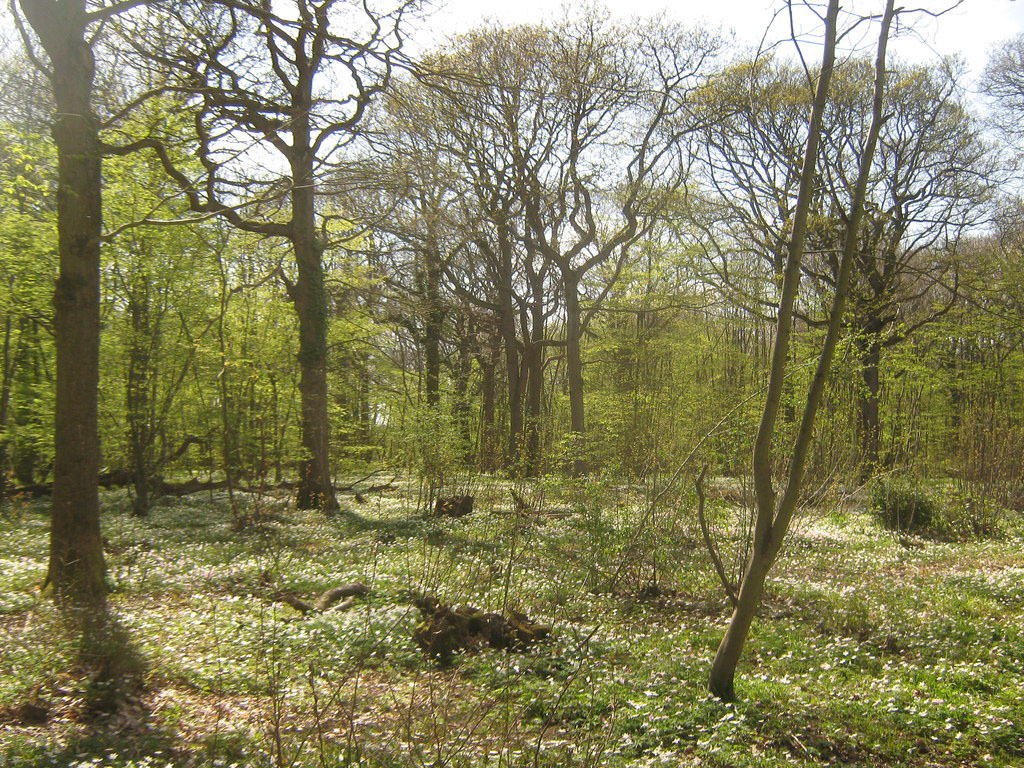In a rapidly evolving world where the pace of life often feels frenetic, the need for spaces that facilitate connection, healing, and rejuvenation is more pronounced than ever. Among these sanctuaries, land dedicated to community-based alternative therapies stands out as a beacon of solace and renewal. Whether through the gentle movements of yoga or the meditative craft of woodwork, these practices offer pathways to holistic well-being. Central to their efficacy is the land itself, serving as the fertile ground upon which communities sow seeds of transformation. In this exploration, we delve into the intrinsic importance of land for fostering these alternative therapies, focusing on yoga and woodcrafts as exemplars of communal healing.

The Sacred Ground of Yoga: Yoga, an ancient practice originating in the Indian subcontinent, has transcended cultural boundaries to become a global phenomenon. At its core, yoga encompasses physical postures (asanas), breathwork (pranayama), and meditation, all aimed at harmonizing the body, mind, and spirit. However, the practice of yoga extends beyond the confines of a studio; it flourishes when grounded in natural settings. Land plays a pivotal role in providing the space and serenity necessary for practitioners to deepen their connection with themselves and the environment. Whether it’s the soft grass underfoot during outdoor sessions or the panoramic vistas that inspire introspection, the land becomes an integral part of the yoga experience. Furthermore, land-based yoga fosters a sense of interconnectedness with nature, reinforcing the ethos of sustainability and stewardship.
Woodcrafts: Crafting Connections with Nature: Woodworking, with its roots stretching back millennia, is more than a craft; it is a testament to humanity’s enduring relationship with the natural world. In an age dominated by mass-produced goods, the art of woodworking offers a counterbalance—a return to craftsmanship, creativity, and communion with timber. Land provides not only the raw materials essential for woodworking but also the space for workshops, studios, and communal gatherings. Whether it’s the rhythmic sound of chisels shaping wood or the earthy scent of freshly cut lumber, the land envelops woodcrafters in a sensory embrace, grounding them in the present moment. Moreover, land-based woodcrafts serve as a conduit for fostering community bonds, where knowledge is shared, traditions upheld, and friendships forged around the warmth of a workshop hearth.
Healing Spaces: Nurturing Body, Mind, and Spirit: The importance of land for community-based alternative therapies goes beyond mere physical space; it encompasses the nurturing of body, mind, and spirit. In the tranquil embrace of nature, yoga practitioners find refuge from the cacophony of urban life, immersing themselves in practices that cultivate inner peace and resilience. Similarly, woodcraft enthusiasts commune with the earth’s resources, channeling their creativity into tangible expressions of beauty and utility. Through these therapeutic modalities, individuals not only heal themselves but also forge connections with others and the land itself, fostering a sense of belonging and rootedness.
Environmental Consciousness and Sustainability: Beyond its role as a backdrop for alternative therapies, land holds profound implications for environmental consciousness and sustainability. By cultivating a deeper appreciation for the natural world, practitioners of yoga and woodcrafts become stewards of the land, advocating for its preservation and regeneration. Land-based practices inherently instill values of conservation and mindful consumption, as participants develop a symbiotic relationship with their surroundings. Furthermore, the utilization of sustainable materials and practices in yoga studios and woodworking workshops underscores the interconnectedness between human well-being and ecological health. In this way, land becomes not only a canvas for healing but also a catalyst for environmental stewardship.
Conclusion: In an era marked by disconnection and dissonance, the importance of land for community-based alternative therapies cannot be overstated. Whether through the meditative movements of yoga or the artisanal pursuits of woodcrafts, these practices serve as gateways to holistic well-being, nurturing body, mind, and spirit. Central to their efficacy is the land itself, providing a sanctuary where individuals can reconnect with themselves, each other, and the natural world. As we navigate an increasingly complex and fast-paced world, let us heed the wisdom of the earth and cultivate spaces where healing, connection, and sustainability intertwine. For in harnessing the power of the land, we discover the boundless potential for personal and collective transformation.